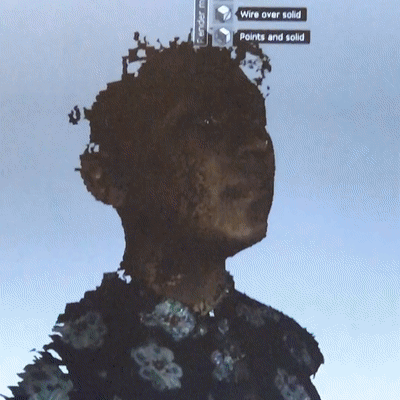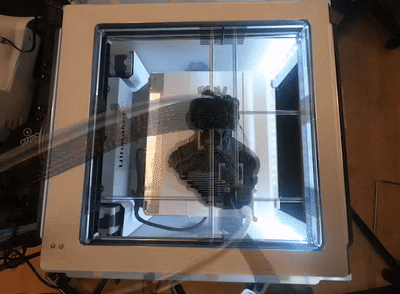Fabrication
I am trained in the following methods of fabrication: 3D printing, lasercutting, welding, and woodworking.
Here are select projects that I have been working on recently.
37 Hour Self Portrait
Chassis Prototype
I created a chassis for a simple remote controlled vehicle, keeping the amount of PLA filament to a minimum. I utilized SketchUp for the 3D model to export the .STL file, and used a MakerBot 3D printer for the prototype.
Keychain project
I have multiple keys for my home, studio, work, and bike - all of which I like to keep on my person at all times. With some being bulky and large, the Swiss-Army knife approach would not work for my assortment of key shapes. I created an arrangement of arcs and loops to separate groupings of keys, while paying homage to a minimal Kandinsky painting.
The yellow print stresses the importance of outward face orientation when modeling in SketchUp!













